Traveling with little ones opens up incredible adventures, but some destinations can turn a family vacation into an exhausting obstacle course when you’re maneuvering a stroller. While plenty of places worldwide welcome families enthusiastically, others seem designed by folks who never had to navigate narrow cobblestones or steep staircases with a sleeping toddler and an overloaded diaper bag.
Knowing what you’re getting into helps tremendously with planning—or might convince you to choose alternative routes that won’t leave everyone exhausted before lunchtime. Here’s a list of 20 travel routes that consistently challenge even the most determined stroller-pushing parents.
Lombard Street, San Francisco
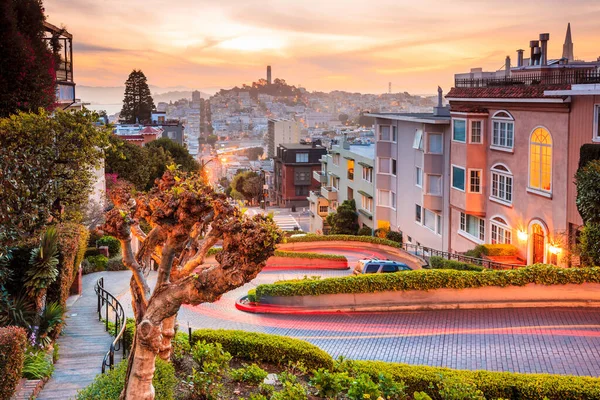
San Francisco’s ‘crookedest street’ looks charming in photos, but pushing a stroller down those eight hairpin turns feels like trying to navigate a marble through a spiral slide. The 27% grade means you’ll either be fighting gravity on the way down or getting a serious workout heading up.
Most families end up carrying their strollers and kids separately, which pretty much defeats the whole purpose of having wheels in the first place.
Spanish Steps, Rome

These 135 travertine steps leading to the Trinità dei Monti church are stunning to look at, yet they’re essentially a stroller’s worst nightmare. Built in the 1720s—long before anyone considered accessibility—the Spanish Steps offer no direct stroller-friendly access along the main stairway.
You’ll join countless parents who’ve folded up their strollers and carried everything manually while dodging crowds of tourists doing the same thing.
Like Travel Pug’s content? Follow us on MSN.
Great Wall of China, Beijing
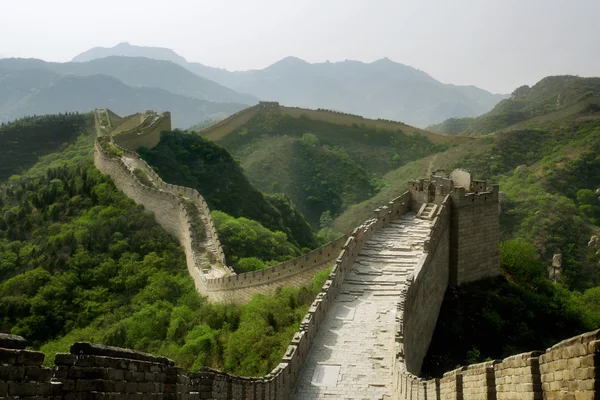
The Great Wall stretches over 13,000 miles, though you won’t cover much ground with a stroller. Even the most accessible sections still involve steep inclines, uneven stone surfaces, and narrow pathways that barely accommodate foot traffic, let alone wheels.
The constant up-and-down terrain means you’ll spend more time lifting your stroller over obstacles than actually pushing it, turning what should be leisurely exploration into unintentional strength training.
Machu Picchu, Peru
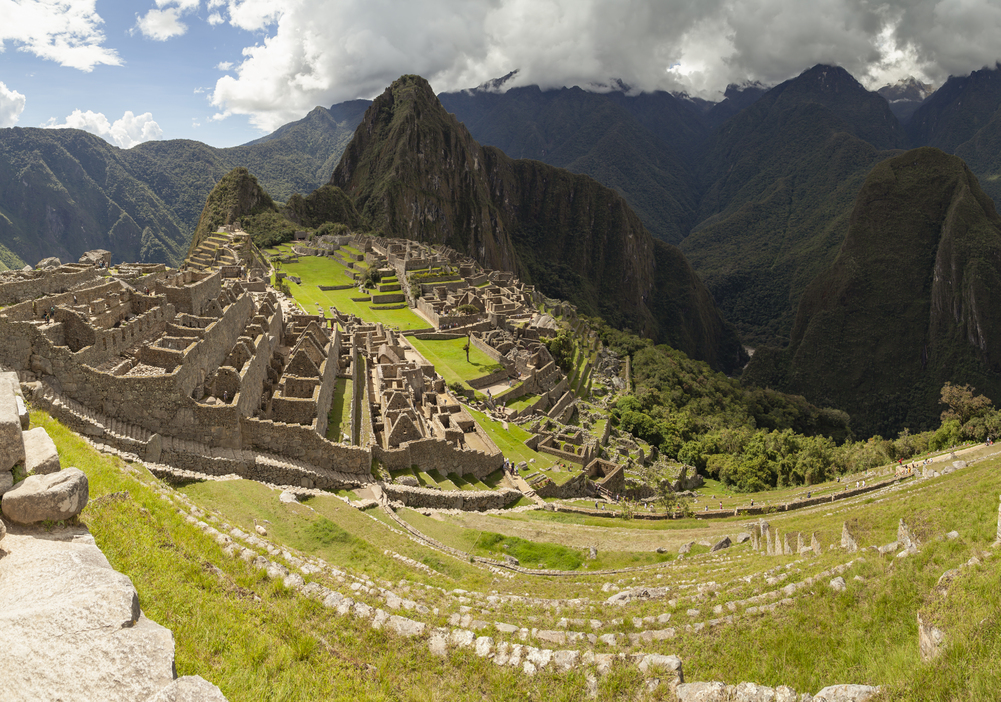
This ancient Incan citadel perches 7,970 feet above sea level, but here’s the kicker—strollers are explicitly prohibited inside the archaeological site. The terrain consists entirely of uneven stone paths and steep stairs carved centuries ago, making wheeled access impossible even if it were allowed.
Most families leave their strollers behind in Aguas Calientes and opt for baby carriers instead, which is probably wise given the challenging altitude and terrain.
Times Square, New York
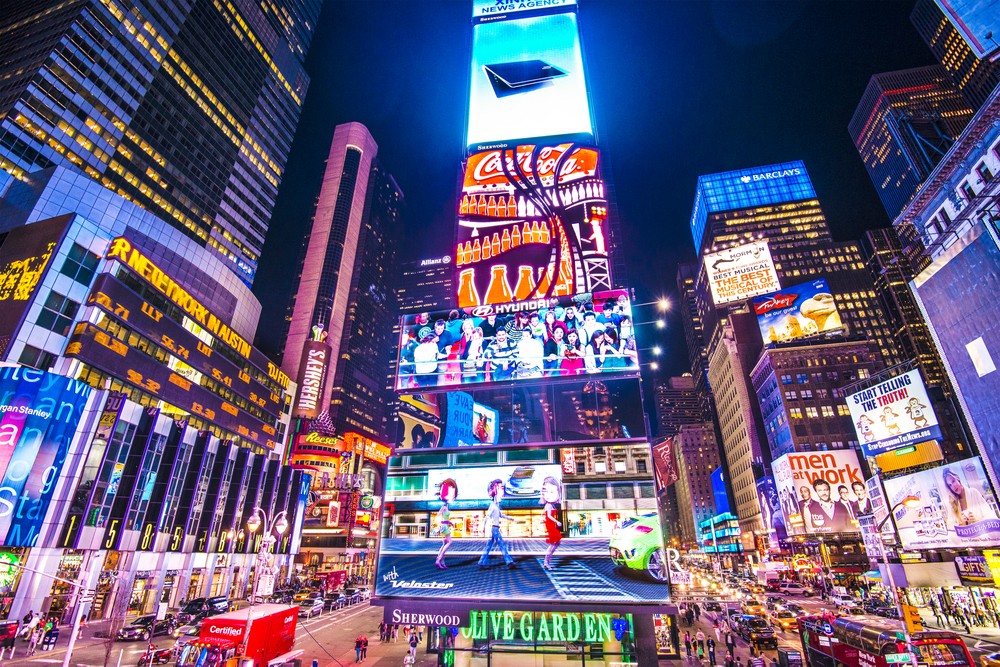
The ‘Crossroads of the World’ might be iconic, but it’s also a pedestrian nightmare when you’re trying to maneuver a stroller through crowds of tourists, street performers, and costumed characters. Constant stop-and-go foot traffic means you’ll bump into people every few steps, while the sensory overload can overwhelm both parents and children.
Plus, navigating subway stations with strollers in New York requires advanced planning and often involves multiple flights of stairs.
Like Travel Pug’s content? Follow us on MSN.
Venice Canals, Italy
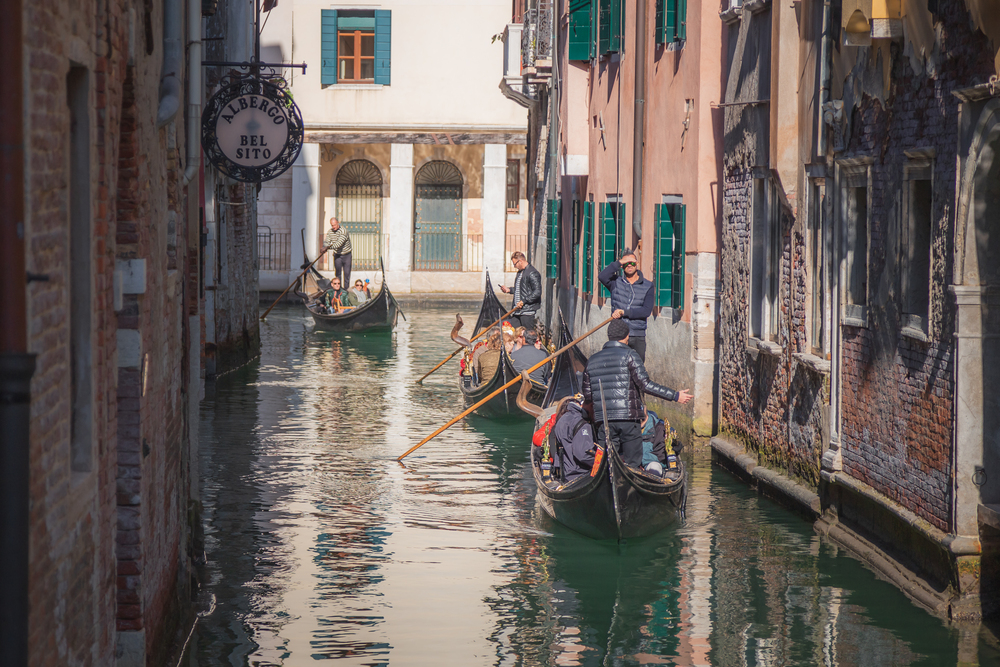
Venice’s romantic waterways are crossed by hundreds of bridges, and almost all feature steps rather than ramps. The city’s historic preservation means there’s been minimal accommodation for modern accessibility needs, so you’ll constantly lift strollers up and down bridge crossings.
Narrow, winding streets between canals add another complexity layer, especially when you encounter frequent dead ends that require backtracking with all your gear.
Santorini Cliffs, Greece
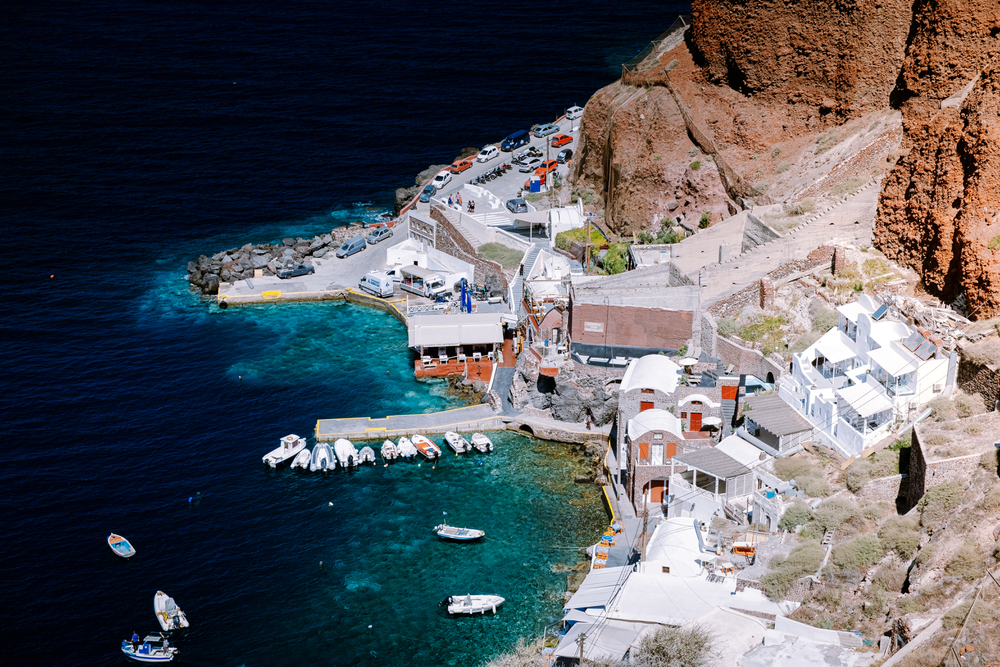
The stunning whitewashed buildings perched on volcanic cliffs make Santorini a photographer’s dream. However, the steep, winding paths connecting different levels of towns like Oia and Fira create logistical challenges for stroller users. Many pathways are carved directly into cliff faces with uneven surfaces and no guardrails, making safety a primary concern.
Famous sunset viewing spots typically require navigating crowded staircases that become even more challenging when you’re carrying a stroller while trying to find good vantage points.
Old City Jerusalem, Israel
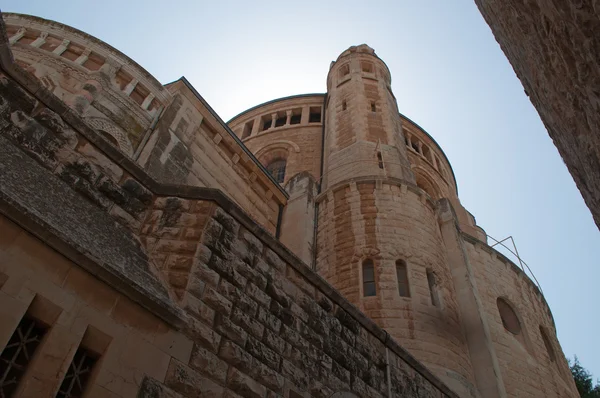
Jerusalem’s Old City contains thousands of years of history within ancient walls—but those same historic pathways were designed for foot traffic and pack animals, not modern strollers. Narrow alleyways, uneven cobblestones, and frequent staircases make navigation extremely challenging, especially in crowded areas like the Western Wall or Via Dolorosa.
Many sections require single-file walking, which means constantly stopping to let other pedestrians pass while juggling your stroller and keeping track of family members.
Like Travel Pug’s content? Follow us on MSN.
Mont Saint-Michel, France
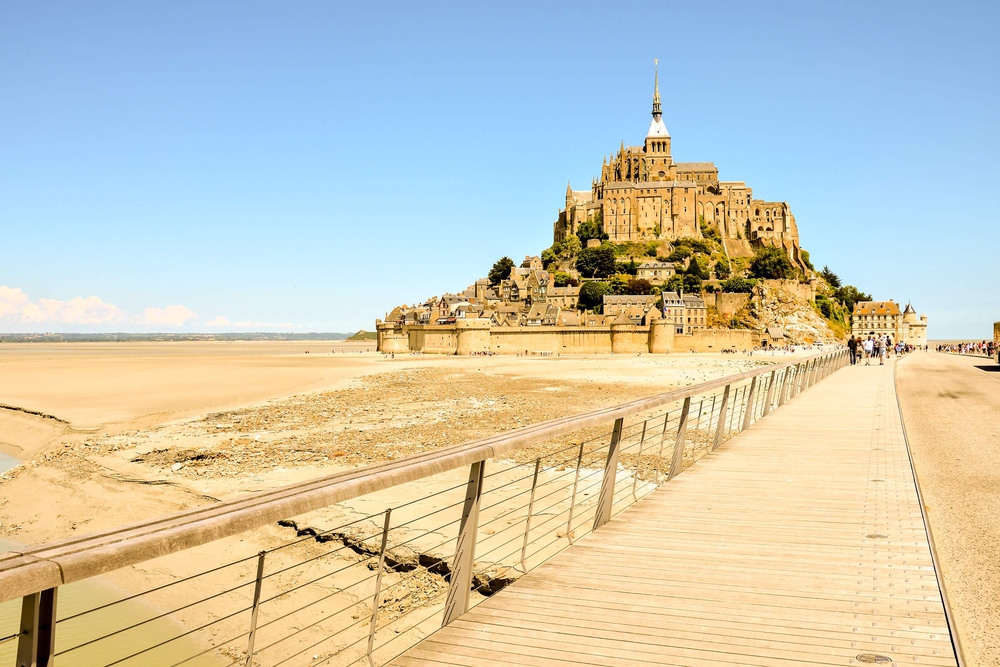
This medieval abbey rises dramatically from tidal flats, yet getting there with a stroller involves crossing nearly a mile of sometimes muddy causeway, followed by steep, narrow streets within the fortified town. The abbey itself is accessed via staircases and ramparts built for defense, not convenience.
During high tide, the causeway can become impassable, while crowds during peak season create additional bottlenecks in already narrow medieval passages.
Cinque Terre Coastal Paths, Italy

The hiking trails connecting these five picturesque coastal villages offer breathtaking views, but involve rugged terrain that’s completely unsuitable for strollers. The famous Sentiero Azzurro trail includes steep climbs, rocky surfaces, and narrow cliff-side paths where wheeled devices would be both impractical and dangerous.
Even the villages themselves feature steep, narrow streets with numerous staircases, making stroller navigation nearly impossible once you arrive.
Fushimi Inari Shrine Trails, Kyoto
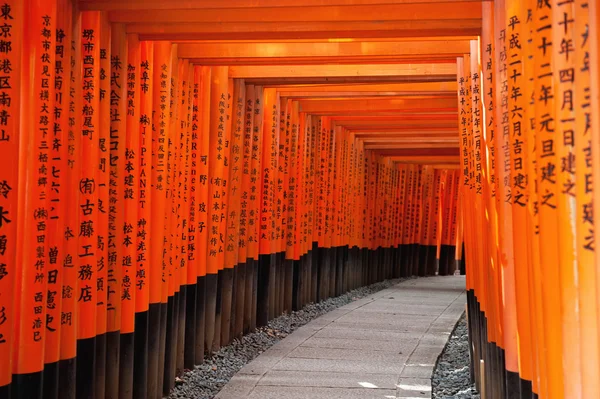
The thousands of vermilion torii gates winding up Mount Inari create one of Japan’s most iconic sights. Still, the entire route consists of stone staircases and uneven pathways through forested terrain. The main trail to the summit involves continuous uphill climbing over irregular surfaces that would damage most stroller wheels and exhaust any parent attempting the journey.
Traditional Japanese architecture prioritizes harmony with natural landscapes rather than accessibility, so expect to carry everything if you want to experience the full shrine complex.
Like Travel Pug’s content? Follow us on MSN.
Dubrovnik Old Town, Croatia

Dubrovnik’s perfectly preserved medieval walls and limestone streets look like fairy-tale settings, yet those same historic cobblestones create bumpy, uncomfortable rides for stroller passengers and challenging pushes for parents. The Old Town’s layout includes numerous staircases connecting different levels, while narrow streets become incredibly crowded during cruise ship arrivals.
Limestone surfaces can also become slippery when wet, adding extra safety considerations for families with young children.
Prague Castle Steps, Czech Republic
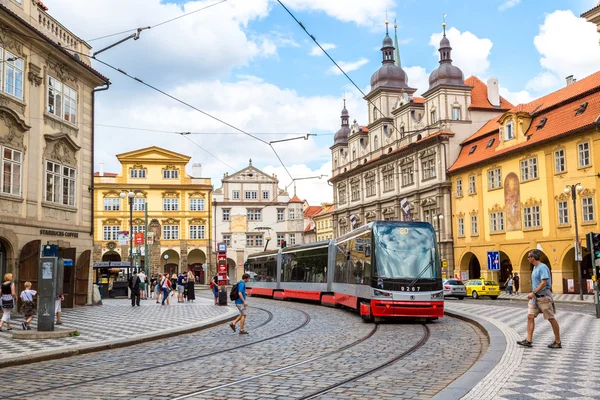
The Prague Castle complex sits atop a hill overlooking the city, accessible via several steep staircases and cobblestone paths dating back centuries. The Old Castle Steps consist of uneven stone blocks that create jarring experiences for anyone in a stroller, while the New Castle Steps offer slightly better surfaces.
They still require significant physical effort to navigate. The castle grounds themselves include multiple level changes and historic courtyards with challenging terrain for wheeled transportation.
Positano Hillside, Italy
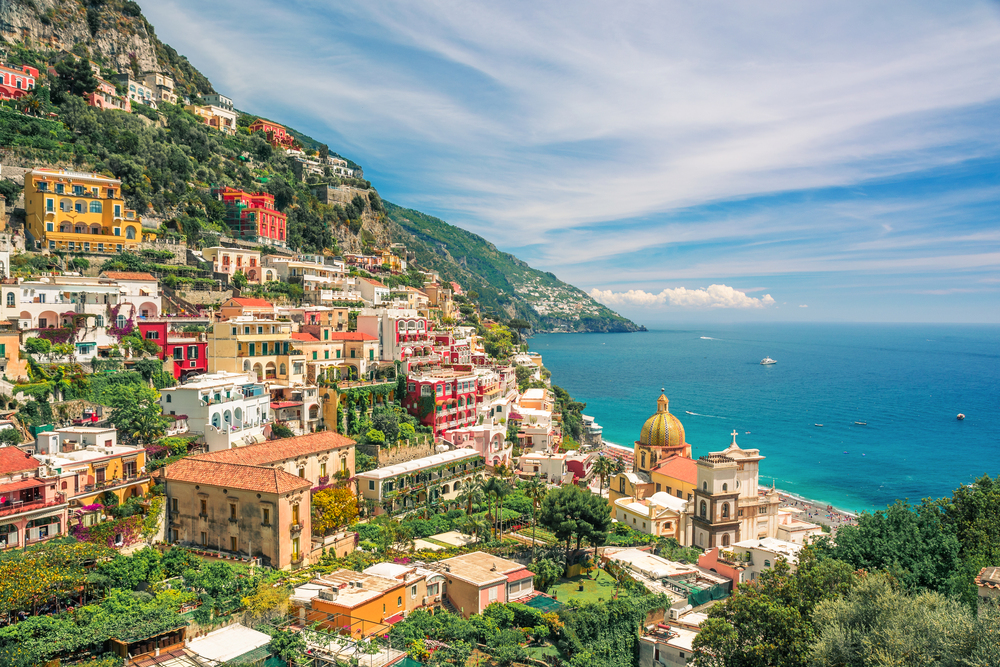
This picture-perfect Amalfi Coast town cascades down cliffs toward the Mediterranean, connected by a network of staircases and narrow pedestrian paths. The main road through town involves hairpin turns and steep grades that challenge even experienced drivers, yet the pedestrian areas require constant climbing up and down stairs carved into the hillside.
Most hotels and restaurants can only be reached via footpaths that would require carrying strollers and luggage separately.
Like Travel Pug’s content? Follow us on MSN.
Favela Tours, Rio de Janeiro

Guided tours through Rio’s hillside communities involve navigating extremely steep, narrow pathways never designed for vehicles of any kind. The informal settlement patterns mean irregular street layouts with frequent staircases, unpaved surfaces, and tight passages between buildings.
While these tours offer valuable cultural insights, the physical demands of the terrain make them unsuitable for families traveling with strollers or anyone with mobility limitations.
Angkor Wat Temple Complex, Cambodia
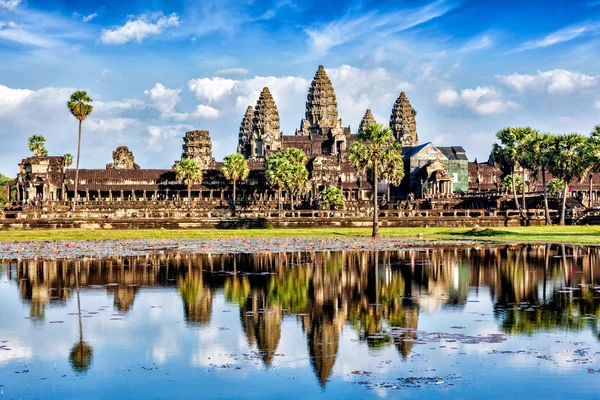
This vast archaeological site covers over 400 square kilometers and includes hundreds of temples connected by dirt roads, elevated walkways, and stone staircases. The temple structures themselves require climbing steep steps to access upper levels, though the grounds between temples involve uneven surfaces that can become muddy during the rainy season.
The sheer scale of the complex means covering significant distances on foot, often in extreme heat and humidity that makes physical exertion more challenging.
Edinburgh Royal Mile During Festival
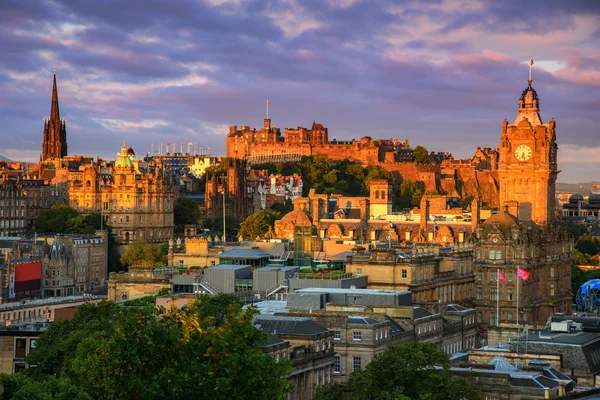
Edinburgh’s historic Royal Mile becomes incredibly congested during the annual Festival Fringe, when street performers, vendors, and thousands of tourists crowd the narrow cobblestone street. The medieval layout includes numerous closes (narrow alleyways) and staircases leading off the main thoroughfare, yet the constant crowds make forward progress slow and unpredictable.
The combination of uneven historic surfaces and festival chaos creates particularly challenging conditions for families with strollers.
Like Travel Pug’s content? Follow us on MSN.
Petra Archaeological Site, Jordan

Jordan’s ancient city, carved into rose-colored sandstone, requires a significant hike through desert terrain to reach the main monuments. The initial approach via the Siq involves walking through a narrow gorge with uneven rock surfaces, followed by extensive exploration of temple complexes built into cliff faces.
Most significant sites within Petra involve climbing stairs carved directly into rock formations, making stroller access impossible for the majority of archaeological wonders.
Mykonos Town Streets, Greece

The charming whitewashed buildings and blue-domed churches of Mykonos town are connected by a maze of narrow, winding streets designed for foot traffic and donkeys, not modern tourism. The marble-paved walkways become extremely slippery when wet, though the lack of street signs and logical layout means frequent backtracking when you encounter dead ends.
Popular waterfront areas become packed with pedestrians during evening hours, making navigation with a stroller particularly challenging.
Cusco Historic Center, Peru
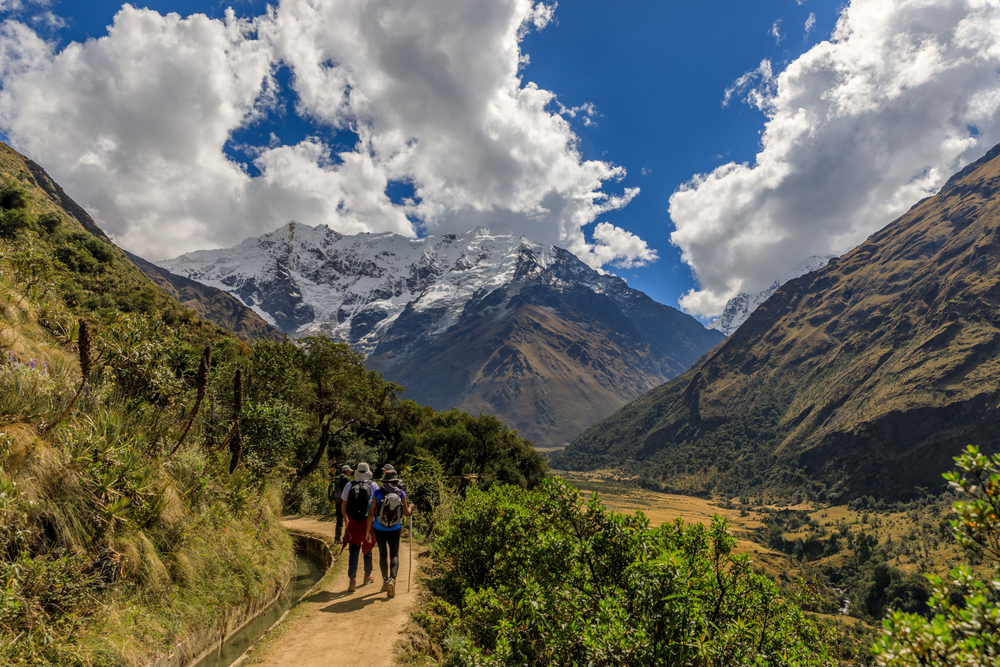
Peru’s former Incan capital sits at 11,200 feet above sea level, where thin air makes any physical exertion more demanding than usual. The colonial-era streets feature steep cobblestone surfaces and frequent staircases connecting different elevation levels throughout the city center.
Many sidewalks are extremely narrow or nonexistent, forcing pedestrians into vehicle traffic areas that weren’t designed for the volume of modern tourism and local transportation.
Like Travel Pug’s content? Follow us on MSN.
Where History Meets Family Travel

These tough destinations express an interesting conflict between historical integrity and twentieth-century family travel requirements. Most of them were built centuries or millennia ago before anyone had visions of families visiting them with wheeled suitcases, prams, and today’s comfort expectations. Some have introduced accessibility improvements where possible, but others are kept intact just because they have not been adapted for twentieth-century convenience.
The secret for traveling families is researching in depth in advance and accommodating expectations instead of steering clear of these amazing destinations altogether. Occasionally, the most unforgettable family memories come out of experiences that don’t quite go as anticipated.
More from Travel Pug

- 20 Best Beach Towns in the Carolinas
- 13 Destinations Where Tourists Regularly Regret Their Trip
- 20 Things You Actually Get in First Class
- 20 Small Airports With Aviation Museums
- 20 Places in the U.S. That Are Perfect for a Reset Trip
Like Travel Pug’s content? Follow us on MSN.
